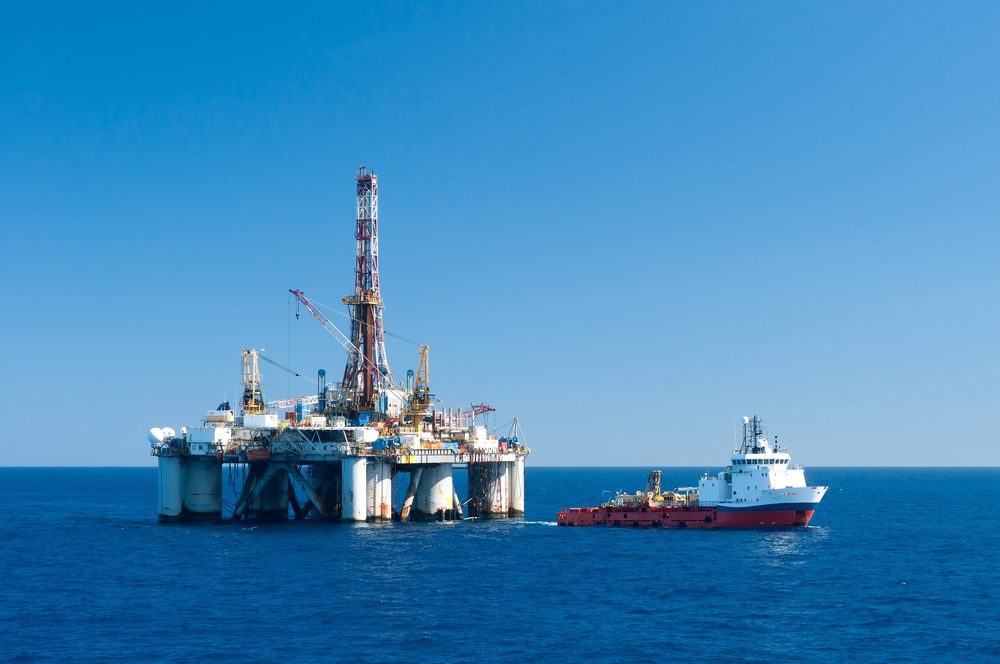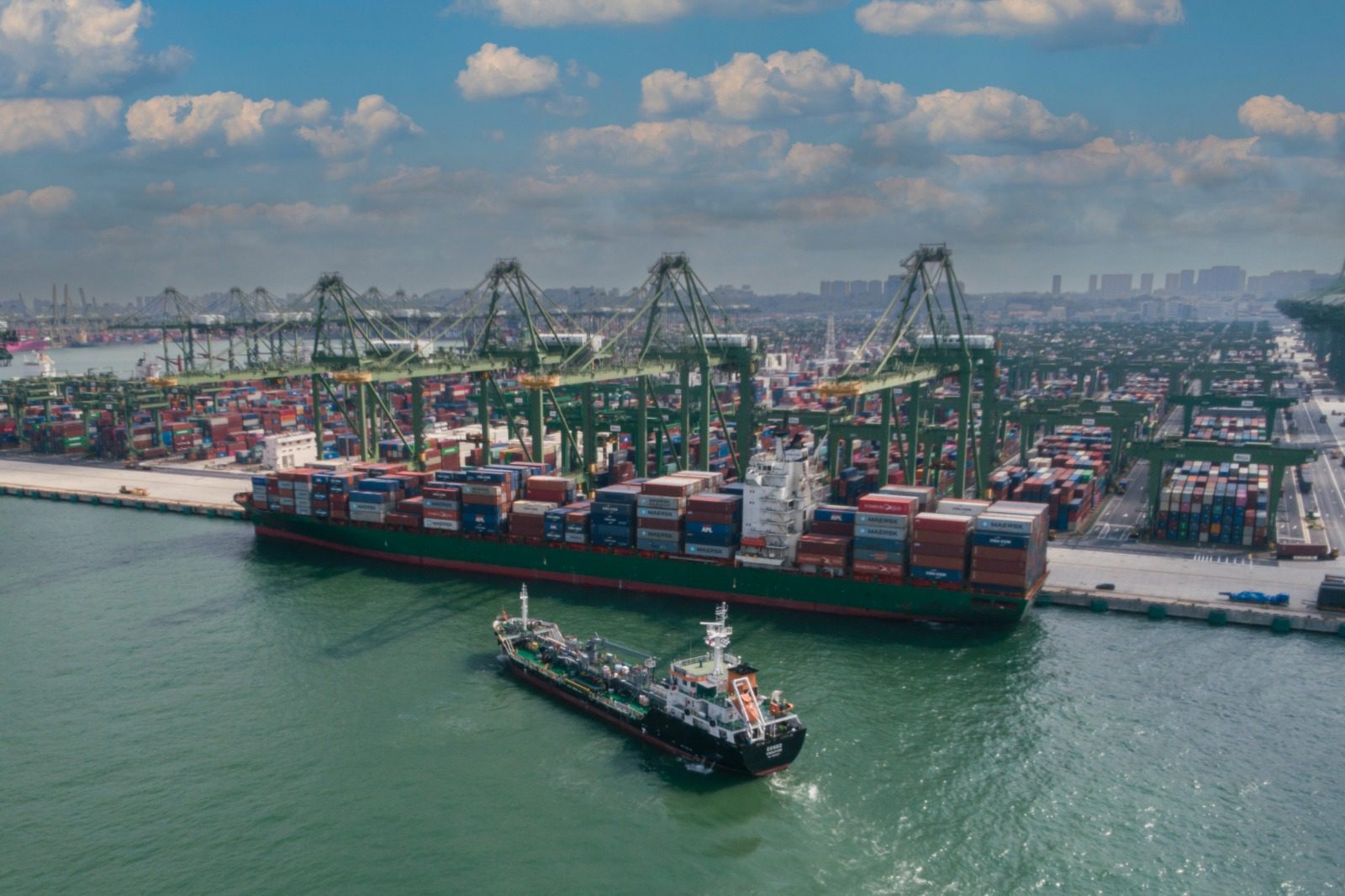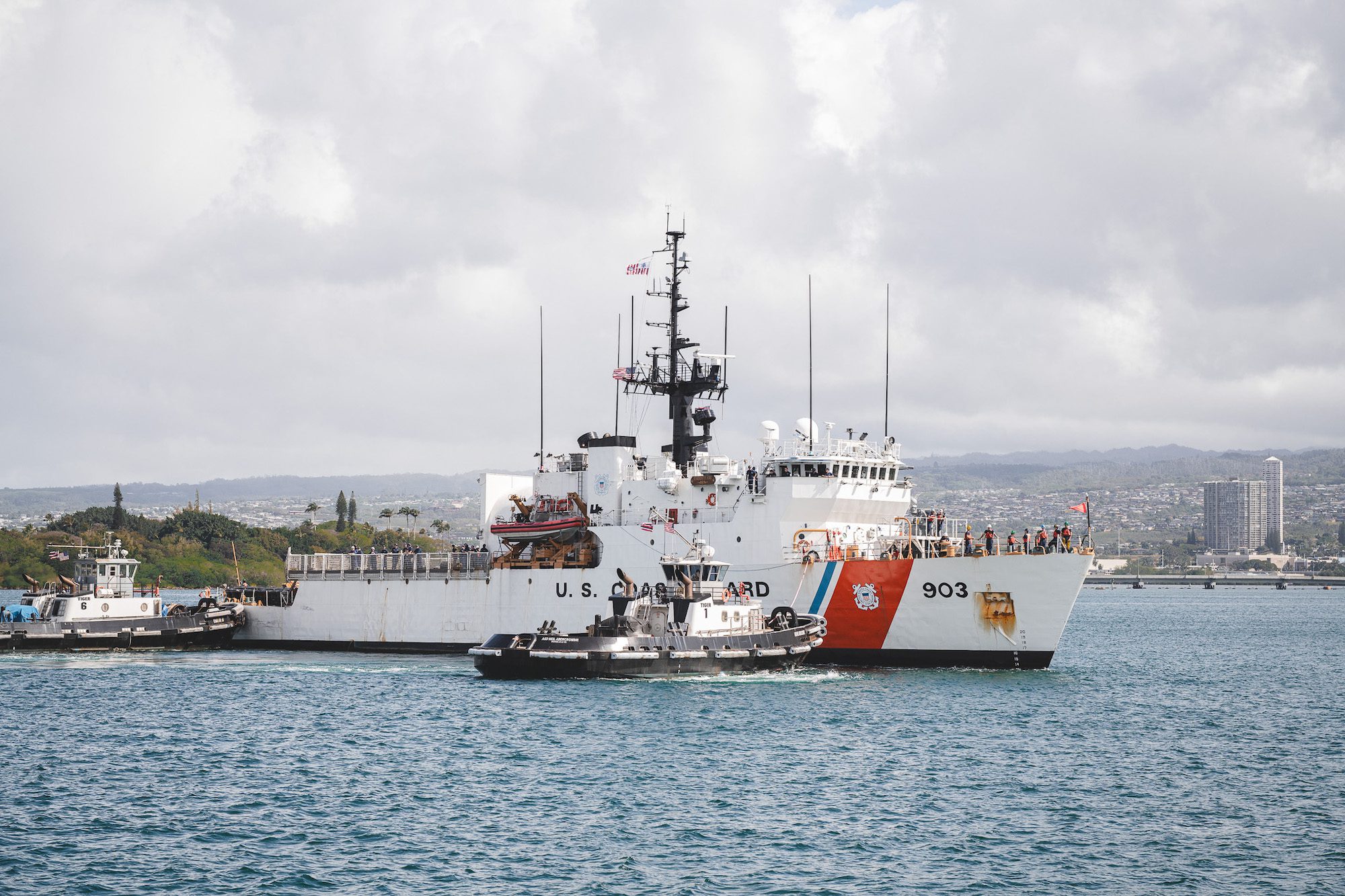Concerns over increased risk of corrosive wear in cross-head engines have prompted Castrol Marine to renew its advice to ship owners regarding best practice in scavenge drain oil analysis (SDA) methods.
The lubricant supplier says it is not convinced that some widely used SDA techniques are sufficiently rigorous to identify all forms of wear, including corrosive wear.
According to Castrol, incomplete SDA cannot be used to support feed-rate assumptions that are critical to cylinder oil performance.
Fuel sulphur level, cylinder oil BN level, system oil contamination and operating profile are among the factors influencing scavenge drain oil characteristics. Accordingly, accuracy is critical in SDA interpretation.
“It is not possible to analyse results accurately without comprehensive knowledge of the fuel oil, the new and used system oil, feed rates and operational data collected from the engine at the time of sampling,” says Paul Harrold, Castrol Marine Technology Manager. “Our view is that there are potential shortcomings in ship-based magnetic analyser type SDA approaches because they cannot identify corrosive wear.
“There is a risk that cylinder wear could be assumed to be under control due to a low response on ferro-magnetic analysers where, in fact, considerable corrosion is taking place. While we acknowledge the convenience for owners from an operational point of view of such an approach, it is not exhaustive and potentially misleading.”
Mr Harrold says Castrol’s concerns over SDA integrity demand attention because the procedure is a cornerstone of the criteria used to verify cylinder oil performance. He says there is a growing body of evidence confirming Castrol’s position, first expressed over one year ago, that corrosive wear risks are going unacknowledged, especially if mid-range BN cylinder oils are used when slow steaming.
MAN Diesel revised guidance to customers on mid-range BN cylinder oils at the end of 2012, recommending “cylinder lube oil with 70BN or higher” to customers for its newest Series 9 engines when running on higher sulphur fuel (above 1.5%-2%). It added that, in such circumstances, it “cannot recommend” cylinder oils “with a BN level between 50 and 60”.
Suppliers promoting mid-range BNs as a catch-all solution for slow steaming have argued that these latest engine types represent only a small part of the current fleet. However, Castrol points out that its own research shows the problem is wider than has been reported and notes that claims for mid-range cylinder oil performance were initially said to be a complete solution for all engines.
“We make no apology for renewing our call for caution at a time when corrosive wear conditions are becoming more significant across a wide range of the existing fleet largely driven by slow steaming,” says Mr Harrold. “Onboard SDA does not cover the full picture on cylinder oil feed rate optimisation because it only takes account of the physical particles of iron and not the iron compounds that are formed by corrosion. A normal corrosive wear pattern generates iron compounds which are predominantly non-magnetic and therefore would not be detected by the onboard analysers.
“We have seen cases where magnetic iron appeared satisfactory, but our inductively coupled plasma (ICP) laboratory results showed an increased iron content. Corrosive wear in excess of acceptable limits was present and required the immediate adjustment of right lubricant choice and optimum feed rates. Only the ICP methodology displays the full extent of corrosive wear present in installations. In both cases, our position is backed up by the methodologies adopted by OEMs.”
The latest advice is in line with Castrol Marine’s over-arching position that end-users need to keep their attention focused on the life cycle costs of their assets.
“We want our customers to take well-informed decisions based on the predominant operating conditions their ships face and the accurate technical picture, rather than adopting cylinder lubrication choices for reasons driven by the commercial position of the supplier,” says Mr Harrold.
“We have seen a shift in customer attitudes on this issue in the past few months, in response to the message we have been carrying about confirming safety margins. This will be reflected in more supply locations in our port network offering higher BN cylinder oils in the months ahead to meet the rising number of orders. “
The International Council on Combustion Engines (CIMAC) Working Group Marine Lubricants issued user guidance on used engine oil analysis in 2011. CIMAC confirmed that laboratory-based tests provided the most reliable sources for SDA. It warned that tests using onboard equipment could not be considered exhaustive as they do not measure iron originating from corrosion.
The condition of cylinders could inaccurately be assumed to be ‘normal’ when, in reality, cylinders are exposed to acid attack.
Unlock Exclusive Insights Today!
Join the gCaptain Club for curated content, insider opinions, and vibrant community discussions.

 Join The Club
Join The Club













